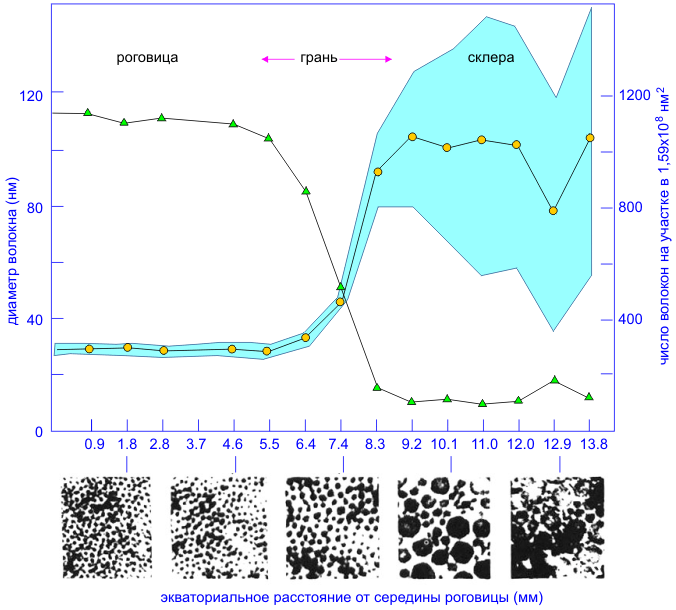Cell Mechanisms of Phagocyte Priming and Activation
G. I. Klebanov, Yu. A. Vladimirov
Russian State Medical University, Moscow, Russia The formation of so-called "oxygen burst" caused by activation of NADPH-oxidase composed of two main components (flavoprotein and lowpotential cytochrome b55g) is (he most clear manifestation of a phagocyte response to stimuli. The enzyme transition from initial state to activated one is a consequence of embedding into oxidase structure of two cytosolic proteins, p47phox (phagocyte oxidase) and p67phox. These, proteins after being phosphorylated by protein kinase are transferred from cytosole to cell membrane to form an active NADPH-oxidase complex. Phagocytes may exist in vivo in two well-pronounced initial and activated states. The latter is typical of many inflammatory diseases. The transition of phagocytes from one functional state to another one proceeds via an intermediate state named "priming". In vitro the formation of priming results in an increase of the functional leukocyte potential and may be caused by various factors. The basis for phagocyte priming is Ca2t-induced reactions in cytosole resulting in the elevated amount of active NADPH-oxidase complexes and expression of surface receptors. All this taken together results that under subsequent after priming stimulation, phagocytes respond by a greater production of various prooxidants, cytokines and other functional displays. Examples of phagocyte priming, as a result of membrane lipid peroxidalion and an increase of Ca2* permeability of cell membranes, are given. Peroxidation of membrane Hpids in phagocytes was initiated during laser irradiation (He-Ne laser with у = 632.8 nm) at the presence of photosensitinogens. The participation of photosensitizated phagocyte priming in the mechanism of favorable action of laserotherapy at treating a wide range of inflammatory diseases is discussed.
